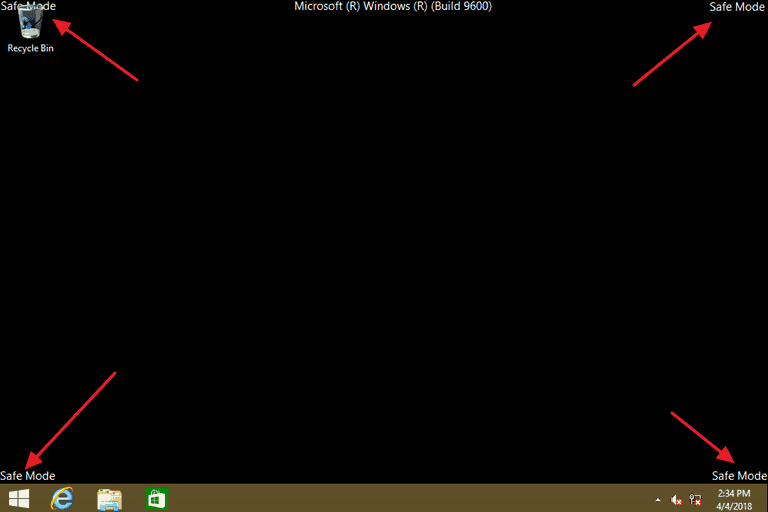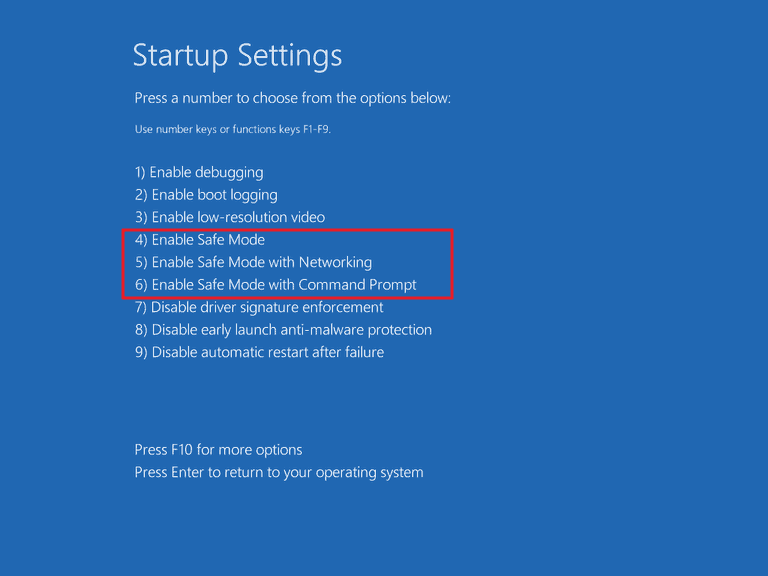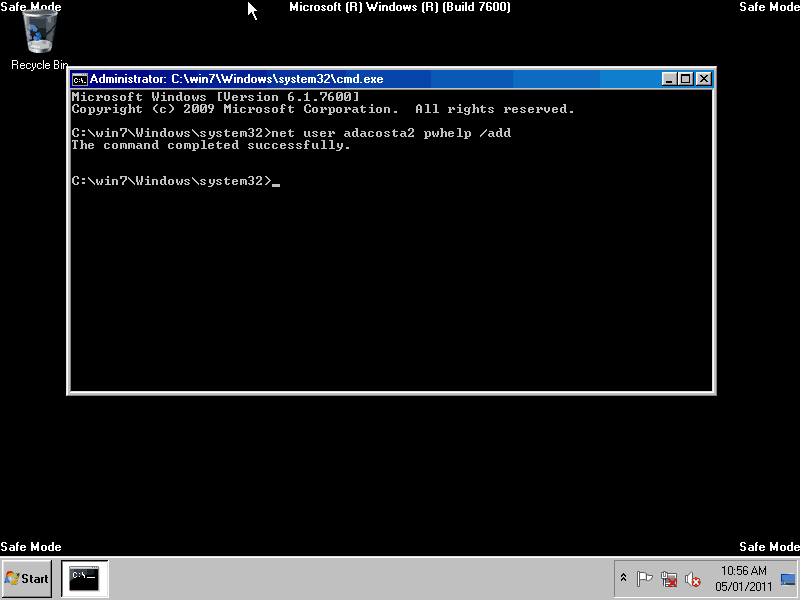Safe Mode in Windows refers to a diagnostic mode that is used to access Windows operating system and its settings when the computer fails to boot normally.
In Safe Mode, the Windows operating system only loads a minimal set of drivers and services that are needed for Windows functioning. No third party programs or drivers are loaded in Safe Mode.
You know when your computer boots in Safe Mode because you will see Safe Mode mentioned at all four corners of the screen.

When should you use Safe Mode?
You can use Safe Mode when experiencing problems in Windows in normal mode and you don’t know the exact reason or software that is causing the problem.
Since Windows only loads essential drivers and services, it is easy to remove the problematic software that is causing the problem.
Windows Safe Mode also provides you a safe environment to roll-back drivers or update drivers for any devices. This is because Windows uses generic drivers for most devices that allow you to roll-back driver or update drivers more easily.
Which issues can be solved in Safe Mode?
The Safe Mode in Windows allows you to narrow down on the cause of the trouble.
Since no third party programs or drivers are loaded, you can know whether there is a problem with Windows components or if the problem is due to some third-party program.
- Find out the cause of the error and fix it
If you are getting BSOD or any other errors that hamper normal functioning of the Windows, log into Safe Mode to sort the problem.
For example, if the Windows runs fine in Safe Mode, you can draw a conclusion that one of the third-party applications is the cause of Windows instability. You can uninstall recently installed programs and log into normal mode again to see if the issue is fixed.
- Install or uninstall software
If you are facing problems while installing/uninstalling specific software in Normal mode, you can try doing it in Safe Mode.
In most cases, the installation/ un-installation in Safe Mode would run smoothly as Windows operating system is running basic services that are less likely to interfere with the process.
- Remove Malware
If your computer is infected with malware or you have unstable drivers for some devices, you can use Safe Mode to rectify such problems.
Many malware programs lock files to prevent their removal from computer. In Safe Mode, the malware program files do not get loaded at boot, and it is easy for you to scan the system and get rid of malware from the system.
- Update Drivers
If some hardware issue is making your Windows unstable, you will need to update drivers for that hardware device.
However, due to the instability of Windows in Normal mode, it might not be possible to update drivers. You can use the Safe Mode to update drivers.
What are different types of Safe Modes available?
There are three different types of Safe Modes available to Windows users
- Safe Mode
- Safe Mode with Networking
- Safe Mode with Command Prompt

- Safe Mode
When you select this Safe Mode option, the computer loads basic configuration. You will get the GUI mode, that is, you will see a desktop with a black background where most program icons will be visible. However, these icons will be bigger in size as graphics drivers are not loaded in Safe Mode.
You will have access to the Start menu and some basic Windows tools like Event Viewer, Command Prompt, PowerShell, Device Manager, Event Log viewer that might prove useful to learn the cause of the error and fix it.
You will also have access to files and can use the antivirus to scan your system. If any malware is not completely removed in Normal Windows mode or the malware prevents you from using any removal tools, this Safe Mode is the best option to run Anti-virus scan or run removal tools to get rid of malware
Safe Mode with Networking
There are not many differences between Safe Mode and Safe Mode with Networking. When you select Safe Mode with Networking, Windows loads Network drivers that enable you to access the Internet.
It might be helpful to download some programs or utilities to fix an issue. However, expert advice not to surf the Internet like you do it regularly, as the anti-virus is not active in Safe Mode.
Also, the Windows built-in firewall would only be active if you have enabled the Windows Firewall option in Safe Mode with Networking.
Safe mode with Command Prompt
In this Safe mode option, you don’t get GUI or the Desktop and Start button.
You only see a command prompt window. This Safe Mode is for expert users who know how to perform advanced troubleshooting in Windows through commands.


Leave a Reply